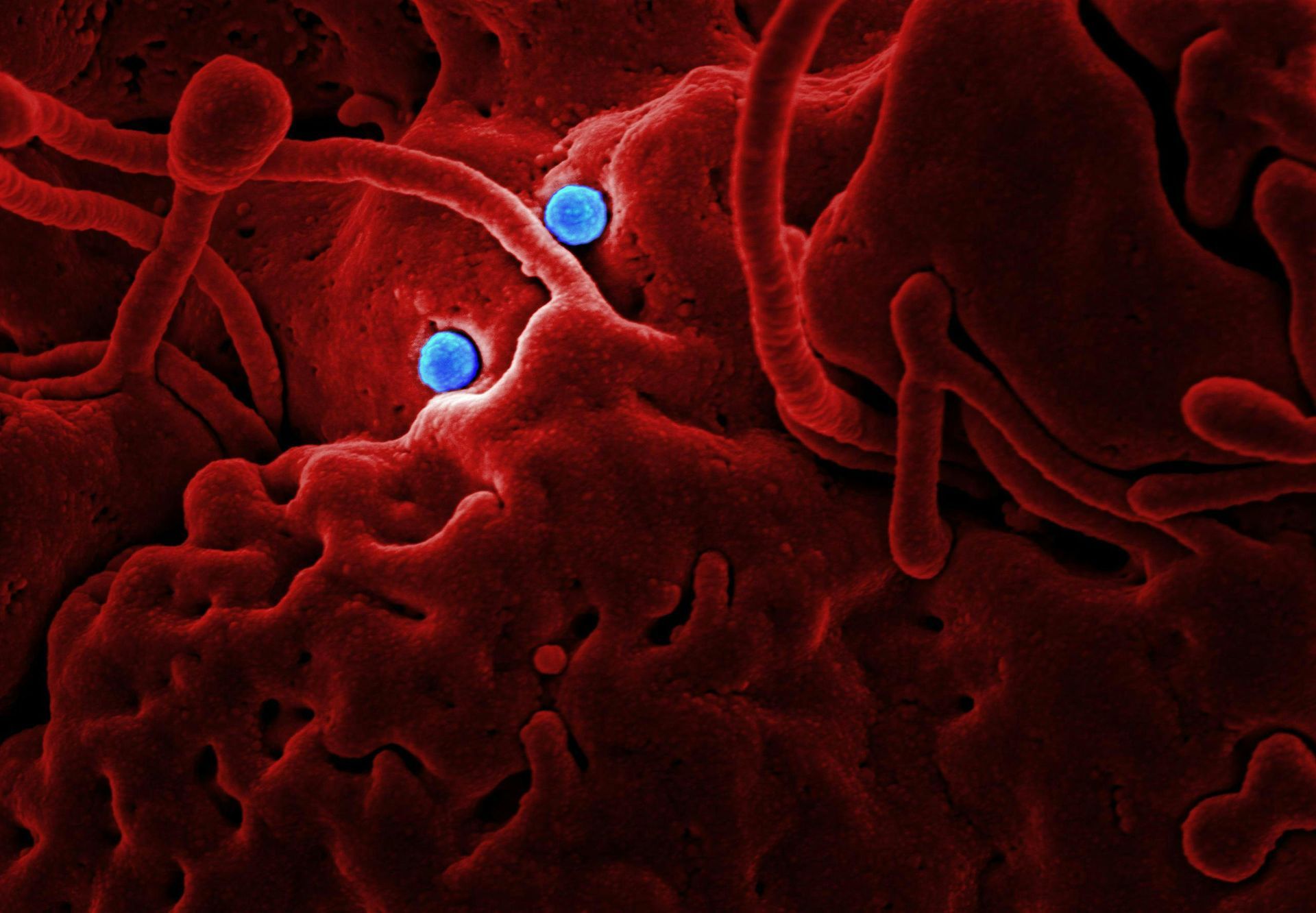Why climate change and fungi go together like peaches and cream
According to the experts at the
World Economic Forum, climate change is predicted to speed up the spread of fungal infections worldwide. Because fungi are responsible for millions of infections and as many as two and a half million deaths a year, it's something to keep an eye on.
An increase in extreme weather events helps spread fungi in the first place. Climate change is making more countries vulnerable to fungi as the weather reaches the perfect temperature to make fungi feel at home, then stays warm.
Fungi don't just make people ill, they can also cause severe property damage. Heavy rain and flooding mean water damage and associated moulds like dry rot, cellar rot and wet rot will start to affect more buildings. As fungal diseases spread and farmers are forced to use more agricultural fungicides, fungal resistance may rise. And because fungi are so adaptable, new types of fungal infections can easily emerge.
Meet Aspergillus fumigatus and A. Flavus
Aspergillus fumigatus is tipped as one fungal species to watch, potentially increasing its range by a worrying 77% by the end of the century and reaching into the far north of Europe, Asia and the Americas. Experts say it could expose 9 million more people in Europe alone to danger. Aspergillus is a common mould living in soil, compost and indoors. It causes the lung disease aspergillosis, which can spread around the body to affect other organs, a serious risk for people whose immune system is weak. It's so nasty the WHO has named it one of their top 4 fungal threats.
Then there's A. flavus, which infects crops as well as containing toxic aflatoxins that can cause liver cancer. The WHO says climate change could shift its comfort zone further north as more places hit temperatures of 37°C. It could soon start to spread across north China, Russia, Scandinavia and even Alaska as its traditional stamping grounds in places like Africa and Brazil become too hot for it.
Because the symptoms these fungi and others like them cause are so similar, they're often hard to diagnose. And this lack of awareness could be our undoing. Limited treatments, booming drug resistance and low investment in antifungal drug development could make the future even less certain. No wonder researchers and clinicians want governments to take fungi more seriously as a global health threat. As one expert said, “In 50 years, where things grow and what you get infected by is going to be completely different.”
UVC light comes with an impressive kill list
Check out our UVC Kill List, see how many fungal threats are inactivated quickly and efficiently simply by using UVC light at a special wavelength. Our UVC disinfection units are the perfect solution for all sorts of business wanting to steal a march on climate change-driven disease, allowing you to be prepared before new infections arise and existing ones move around the globe.










